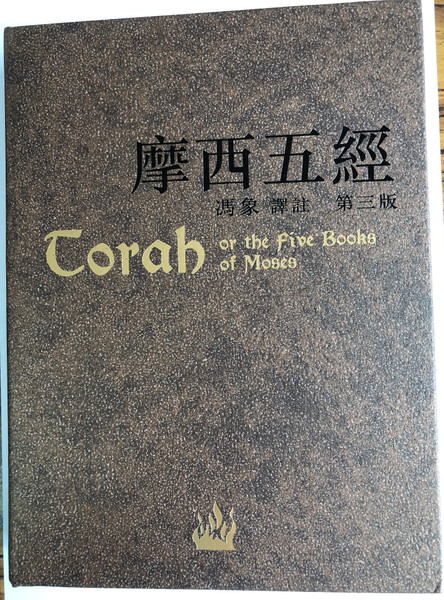Description
The Ming Tombs (明十三陵) – DVD
Product Information
- Title: The Ming Tombs (明十三陵)
- Format: PAL, Color, Subtitled
- Language Options: English, Chinese
- Subtitles: English, Chinese
- Region: Region 6 (This DVD will not play on most DVD players sold in the US or Canada [Region 1]. Requires a region-specific or multi-region DVD player.)
- Runtime: Not specified
- Manufactured in: China
Overview
The Ming Tombs (明十三陵) DVD explores the grandeur and historical significance of the Ming Dynasty's imperial burial site, located near Beijing. This royal graveyard is the final resting place of 13 emperors, 23 empresses, and numerous imperial concubines. The site, which spans a vast area larger than the capital city of Beijing during the Ming Dynasty, is renowned for its architectural splendor, resembling imperial villas rather than traditional tombs.
The documentary provides an in-depth look at the Sacred Way (神道), the Ding Ling Tomb (定陵), and the overall layout of the Ming Tombs, showcasing their historical and cultural importance. The Ming Tombs remain the largest imperial burial site in the world and are a UNESCO World Heritage Site as part of the "Imperial Tombs of the Ming and Qing Dynasties."
Chinese Title and Summary (中文标题与简介)
- Chinese Title: 明十三陵 (Míng Shísān Líng)
中文简介:
《明十三陵》DVD详细介绍了位于北京附近的明代皇家陵寝的壮丽与历史意义。这片皇家墓地是13位皇帝、23位皇后以及众多妃嫔的安息之地。陵园占地面积甚至超过了明代都城北京,其建筑风格仿照皇宫,气势恢宏,更像是皇帝的行宫而非传统陵墓。
纪录片深入探讨了神道、定陵以及明十三陵的整体布局,展示了其历史和文化的重要性。明十三陵是世界上占地面积最大的皇家陵园,也是联合国教科文组织世界遗产“明清皇家陵寝”的一部分。
Key Features
- Format: PAL, Color, Subtitled
- Language Options: English, Chinese
- Subtitles: English, Chinese
- Region: Region 6 (Requires a region-specific or multi-region DVD player.)
- Genre: Historical Documentary
- Release Year: 2009
Interesting Facts
Historical Significance
The Ming Tombs were constructed based on feng shui principles by the Yongle Emperor, who also built the Forbidden City. The site was chosen for its auspicious location at the southern slope of Tianshou Mountain.
Architectural Grandeur
Each tomb is designed with massive walls and palace-like structures, reflecting the imperial grandeur of the Ming Dynasty. The Sacred Way, lined with stone statues, leads to the tombs and symbolizes the path to heaven.
UNESCO World Heritage Site
The Ming Tombs are part of the "Imperial Tombs of the Ming and Qing Dynasties," recognized for their cultural and historical value.
Ding Ling Tomb (定陵)
The Ding Ling Tomb is one of the most famous tombs in the complex and the only one that has been excavated. It is the burial site of the Wanli Emperor and his two empresses.
中文有趣事实 (Interesting Facts in Chinese)
历史意义
明十三陵由永乐皇帝根据风水原则选址建造,他同时也是紫禁城的建造者。陵园位于天寿山南坡,因其吉祥的地理位置而被选中。
建筑宏伟
每座陵墓都设计有高大的城墙和宫殿式的建筑,体现了明代皇室的宏伟气派。通往陵墓的神道两旁排列着石像,象征着通往天堂的道路。
世界遗产
明十三陵是“明清皇家陵寝”世界遗产的一部分,因其文化和历史价值而受到认可。
定陵
定陵是陵园中最著名的陵墓之一,也是唯一被发掘的陵墓。它是万历皇帝及其两位皇后的安息之地。
Hashtags
English:
#MingTombs #ChineseHistory #ImperialBurialSite #UNESCOWorldHeritage #BeijingAttractions
Chinese (标签):
#明十三陵 #中国历史 #皇家陵寝 #世界遗产 #北京景点


















